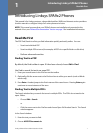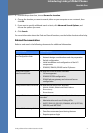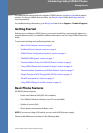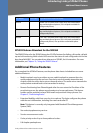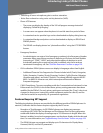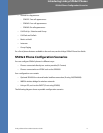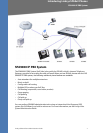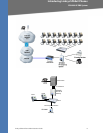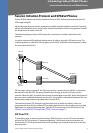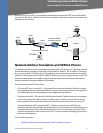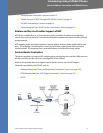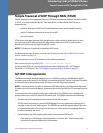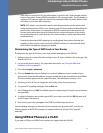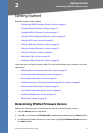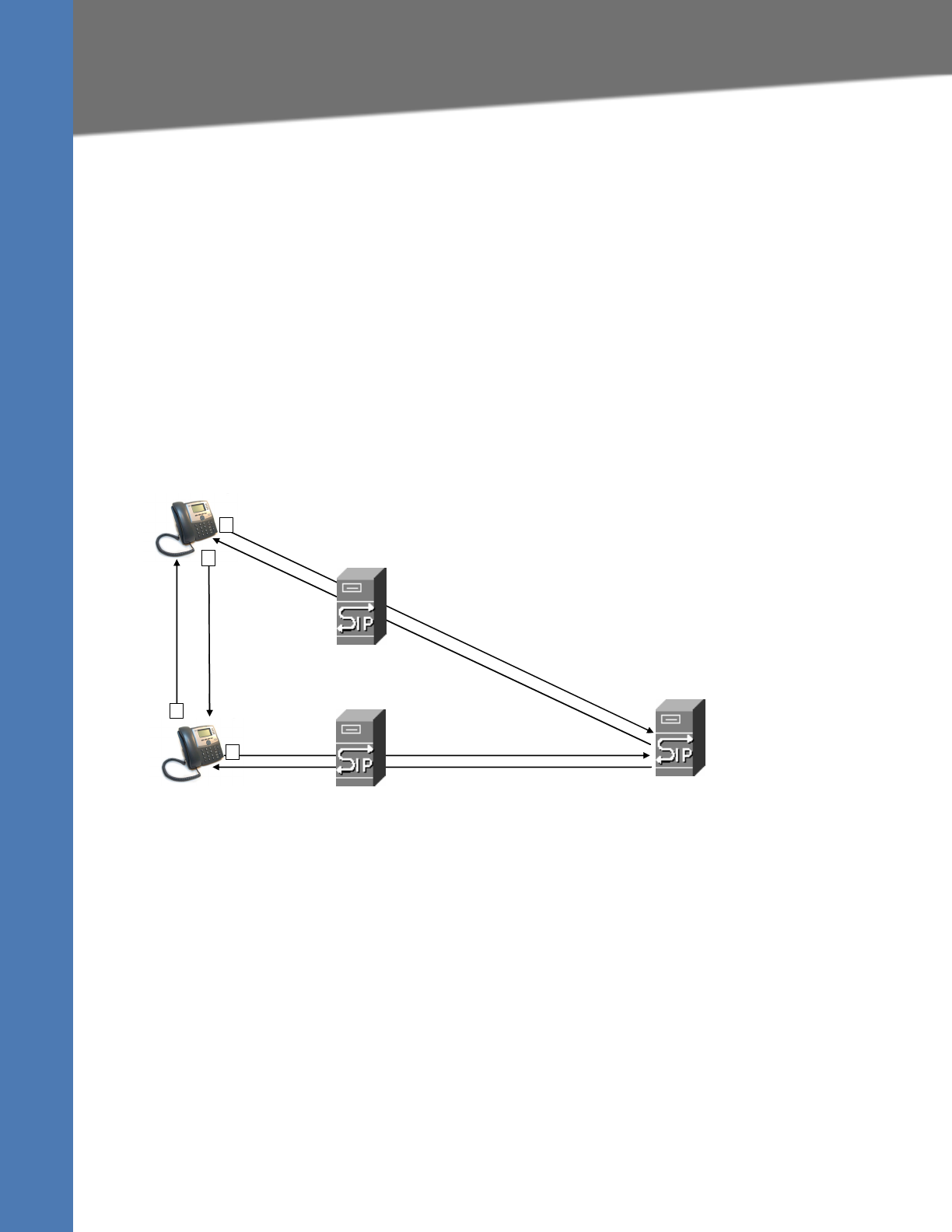
Linksys SPA9x2 Phone Administration Guide Cisco Confidential--First Draft9
Session Initiation Protocol and SPA9x2 Phones
Introducing Linksys SPA9x2 Phones
Session Initiation Protocol and SPA9x2 Phones
Linksys SPA9x2 phones use Session Initiation Protocol (SIP), allowing interoperation with all
ITSPs supporting SIP.
SIP handles signaling and session management within a packet telephony network. Signaling
allows call information to be carried across network boundaries. Session management controls
the attributes of an end-to-end call.
The following diagram shows a SIP request for connection to another subscriber in the
network.
In typical commercial IP telephony deployments, all calls go through a SIP proxy server. The
requesting phone is called the SIP user agent server (UAS), while the receiving phone is called
the user agent client (UAC).
SIP message routing is dynamic. If a SIP proxy receives a request from a UAS for a connection
but cannot locate the UAC, the proxy forwards the message to another SIP proxy in the
network. When the UAC is located, the response is routed back to the UAS, and a direct peer-to-
peer session is established between the two UAs. Voice traffic is transmitted between UAs over
dynamically-assigned ports using Real-time Protocol (RTP).
The Internet protocol RTP transmits real-time data such as audio and video; it does not
guarantee real-time delivery of data. RTP provides mechanisms for the sending and receiving
applications to support streaming data. Typically, RTP runs on top of the UDP protocol. See
”Simple Traversal of UDP Through NATs (STUN)” section on page 13.
SIP Over TCP
To guarantee state-oriented communications, SPA9x2 phones can use TCP as the transport
protocol for SIP. This protocol is “guaranteed delivery”, which assures that lost packets are
retransmitted. TCP also guarantees that the SIP packages are received in the same order that
they were sent.
SIP UA
SIP UA
SIP Proxy
SIP Proxy
RTP
1
2
3
4
SIP Proxy



